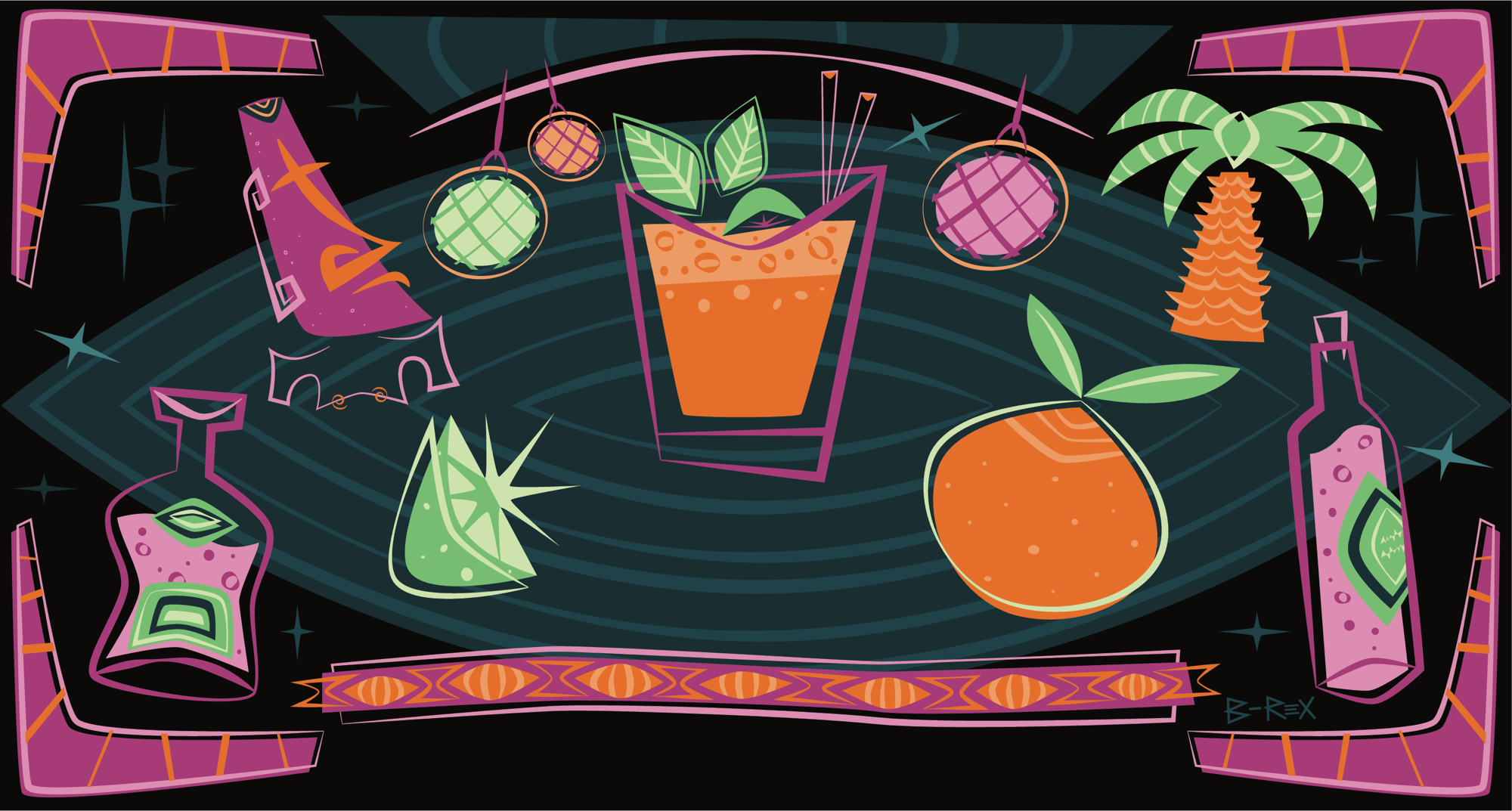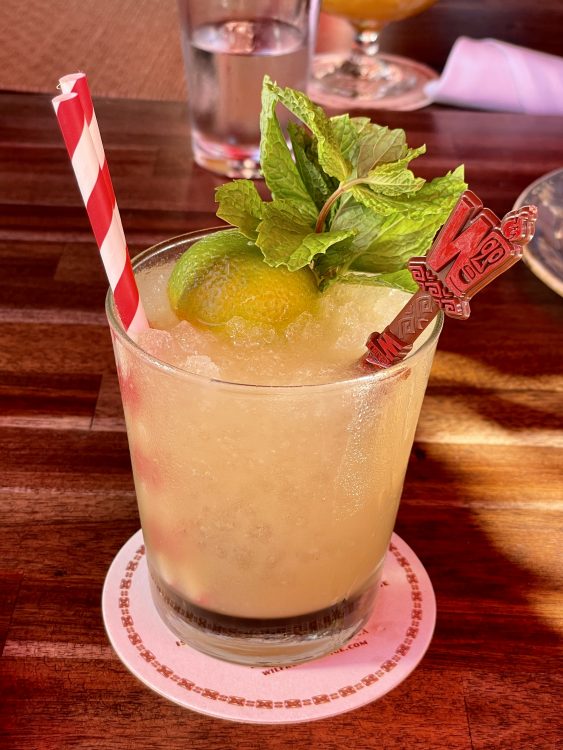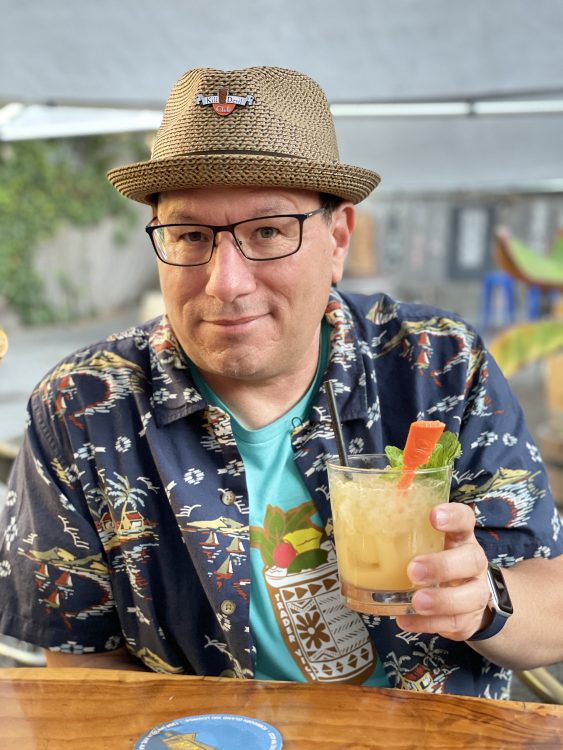By Kevin Crossman
Ladies and gentlemen: the story you are about to hear is true. Only the names have been omitted to protect the innocent.
The 1944 Mai Tai
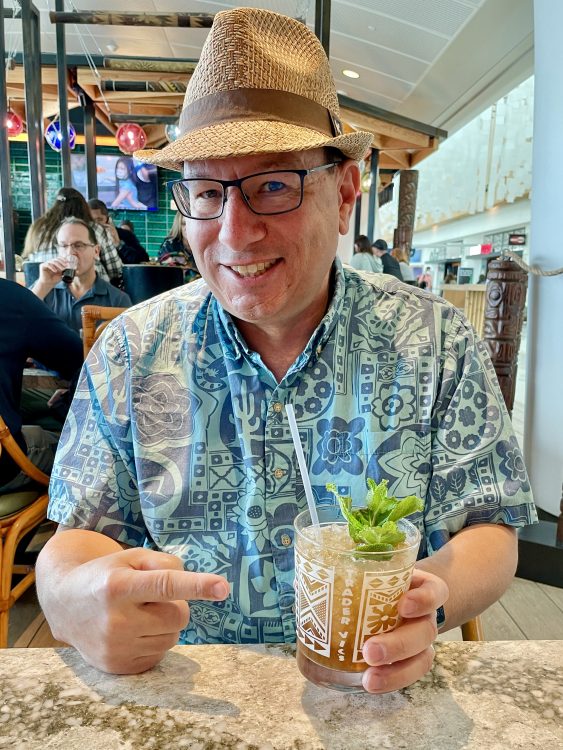 One of the great things about the combination of the internet age and the craft cocktail renaissance is that many bar and restaurant patrons are more educated than ever about what goes into their drinks. This rising tide is lifting the spirits programs at venues around the world, which means that you actually have a halfway decent chance of getting a great Mai Tai, or at least a good one, when you order one. This was not always the case, believe me.
One of the great things about the combination of the internet age and the craft cocktail renaissance is that many bar and restaurant patrons are more educated than ever about what goes into their drinks. This rising tide is lifting the spirits programs at venues around the world, which means that you actually have a halfway decent chance of getting a great Mai Tai, or at least a good one, when you order one. This was not always the case, believe me.
A relatively recent development in the Mai Tai’s long history has been the modern moniker, “1944 Mai Tai”, to designate the cocktail made along the lines of Trader Vic’s original. Not a tourist Mai Tai or a Hawaiian Mai Tai or “random juices + grenadine + rum” Mai Tai. More and more venues are using this term on their menus, a nod to the classic cocktail and a method to inform guests what they can expect. In many cases there is even a specific mention on the menu to the type of rum(s) being used in the recipe.
But here is where some patrons are too clever for their own good. You see, some of these patrons know that the first Mai Tai poured by Trader Vic at his service bar in Oakland featured a 17-year-old Jamaican Rum. So, when these patrons see “1944 Mai Tai” on the menu they sometimes object to seeing rums from other countries of origin. “What’s Martinique rhum doing in a 1944 Mai Tai?!? That wasn’t used in the original Mai Tai!” these patrons think. Sadly, this sometimes transitions to the patron mansplaining the problem to a server who most likely isn’t steeped in this history. Or the patron asks to speak to a manager and starts demanding the Mai Tai without rum from Barbados or Guyana or Martinique. Remember, the story you’re hearing is true.
I get it. The rums from those countries weren’t present in the original Mai Tai. But, guess what? The Jamaican rum you’re going to have in your Mai Tai isn’t the original 17-year-old Wray & Nephew either. Thus, does it really matter if there’s some rum from outside of Jamaica? “1944 Mai Tai” doesn’t mean “exactly as created by Trader Vic’s in 1944.” It just means that the recipe is along the lines of that recipe. Heck, the standard Mai Tai rum at Trader Vic’s locations don’t even include rum of Jamaican origin anymore. But you know what? The Mai Tai at Trader Vic’s locations worldwide is still really good!
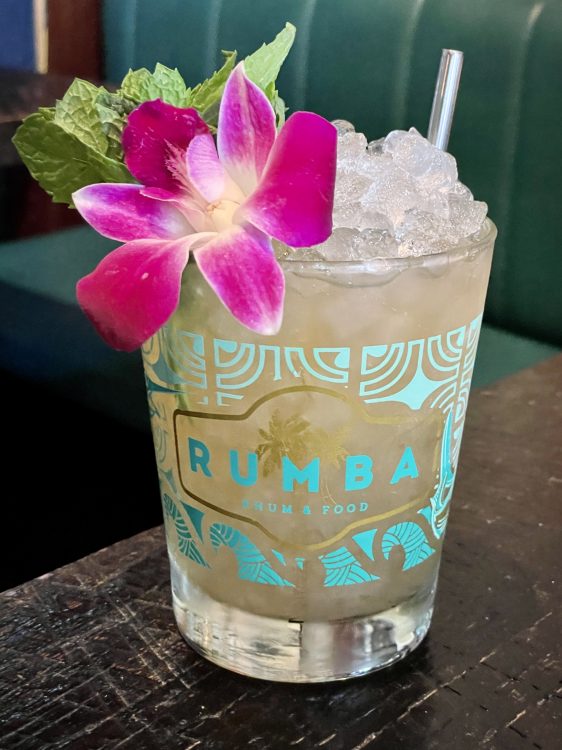 You don’t like Martinique Rhum Agricole in your Mai Tai? Honestly, it isn’t my favorite kind of cane spirit either. But if you’re berating a server or leaving your seat to talk to the manager about your objection then you’re the jackass, not them. Plus, there are so many highly respected bars that include Rhum Agricole in their Mai Tai that this shouldn’t even be controversial in 2022. It isn’t because Agricole is cheap or easily procured either; they’re using it because they think Agricole makes the cocktail taste great. Indeed, some of my most favorite Mai Tais have included Martinique rhum: Rumba, The Kon-Tiki Room, Latitude 29, Wilfred’s Lounge, Undertow, and many other restaurants and bars. So, even if I wouldn’t necessarily choose this spirit, I have to admit these Mai Tais were all great. That’s the wonder of discovery in the cocktail bar.
You don’t like Martinique Rhum Agricole in your Mai Tai? Honestly, it isn’t my favorite kind of cane spirit either. But if you’re berating a server or leaving your seat to talk to the manager about your objection then you’re the jackass, not them. Plus, there are so many highly respected bars that include Rhum Agricole in their Mai Tai that this shouldn’t even be controversial in 2022. It isn’t because Agricole is cheap or easily procured either; they’re using it because they think Agricole makes the cocktail taste great. Indeed, some of my most favorite Mai Tais have included Martinique rhum: Rumba, The Kon-Tiki Room, Latitude 29, Wilfred’s Lounge, Undertow, and many other restaurants and bars. So, even if I wouldn’t necessarily choose this spirit, I have to admit these Mai Tais were all great. That’s the wonder of discovery in the cocktail bar.
Ask Nicely with Please and Thank You
Do you prefer a Mai Tai with a specific kind of rum or blend? I do too, welcome to the club. And if you’re at a bar with an extensive rum collection it can be quite fun to pick your favorite or to try some fancy rums in your Mai Tai (as long as you know you’re likely going to pay an up-charge for the experience of a Mai Tai with the fancy rum). But, ordering with a history lesson included isn’t going to get you very far. All you have to do is to ask the server or bartender, “Could I please get a Mai Tai made with <insert name of called bottle>?” Ask nicely with “please and thank you” and you should be treated well. Ask it after you’ve built a reputation as a good customer who tips well, you might even be able to strike up a conversation with the bartender or get a little pour of the rum on the side. But if you’re a first timer who’s introduction to the staff is Mr. Know-it-all, you probably won’t be afforded the luxury.
So, the next time you go to a new bar and want to order the Mai Tai, give their house blend a chance – even if it calls for rums from an island you don’t prefer, or a brand that isn’t your favorite. You won’t know how you like it until you try it. Plus, if you don’t try the house blend you might miss out on a great cocktail. Nobody is pickier about their Mai Tais than I am, but even I have to say that I’ve been pleasantly surprised when I expected to dislike what the menu says.
“1944 Mai Tai” doesn’t mean the exact recipe from 1944. It can’t, unless you’re sitting on the one or two remaining unicorn bottles of that exotic elixir. It just means that you’re not getting pineapple or orange juice or grenadine or falernum or blue curaçao or who knows what. It means you’ll get two ounces of rum that’ll be aged or of high quality. How the bar decides what to put into that two ounce pour might be the difference between a good Mai Tai or a great one. And trying it out is half the fun. Or at least it should be.
